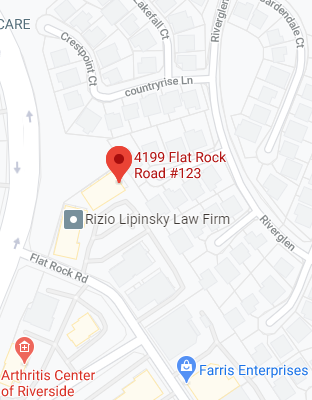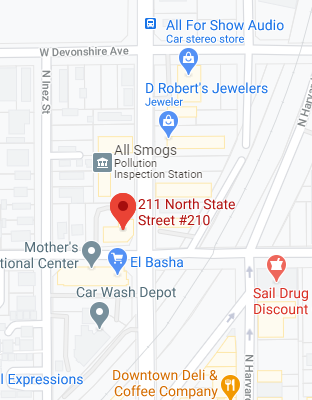Most Americans have never heard of the Mascogos.
Yet, as Kevin Sieff explains, in an article written for the Washington Post, the history of the Moscogos offers a unique view into human migration, the way in which a community can be pushed and pulled across borders over centuries.
So who are the Mascogos?
In July 1850, a group of 60 African American families fled the United States to escape slavery and seek refuge in Mexico.
They settled in a tiny village, Nacimiento de los Negros, or Birth of the Blacks, in the desert of Coahuila, a Mexican state which borders Texas.
Some returned to work as “Indian scouts” for the U.S., defending military bases in Texas from other tribes. In exchange, the Mascogos were offered citizenship and land in America, a pledge that dissolved at the end of the 19th century.
Over time, the group’s culture and language dissipated, becoming more Mexican and migratory. Today they speak Spanish, not English. Droughts have destroyed their farms. Drug cartels have moved closer to their village.
The Mascogos remain aware of their community’s roots. Their village celebrates June 19, the Juneteenth, to commemorate the abolition of slavery in the United States in 1865.
Due to their village’s poor economic conditions, many of the younger Mascogos are now trying to head back to the U.S. in search of work, like many poor migrants from South and Central America.
It’s another phase in their long history of migration, from slave ships crossing the Atlantic Ocean, to the U.S. south, to relocating in a small Mexican village.
But for some Mascogos, the return to the United States presents a moral dilemma: how can one return voluntarily to a country where your ancestors were enslaved?




